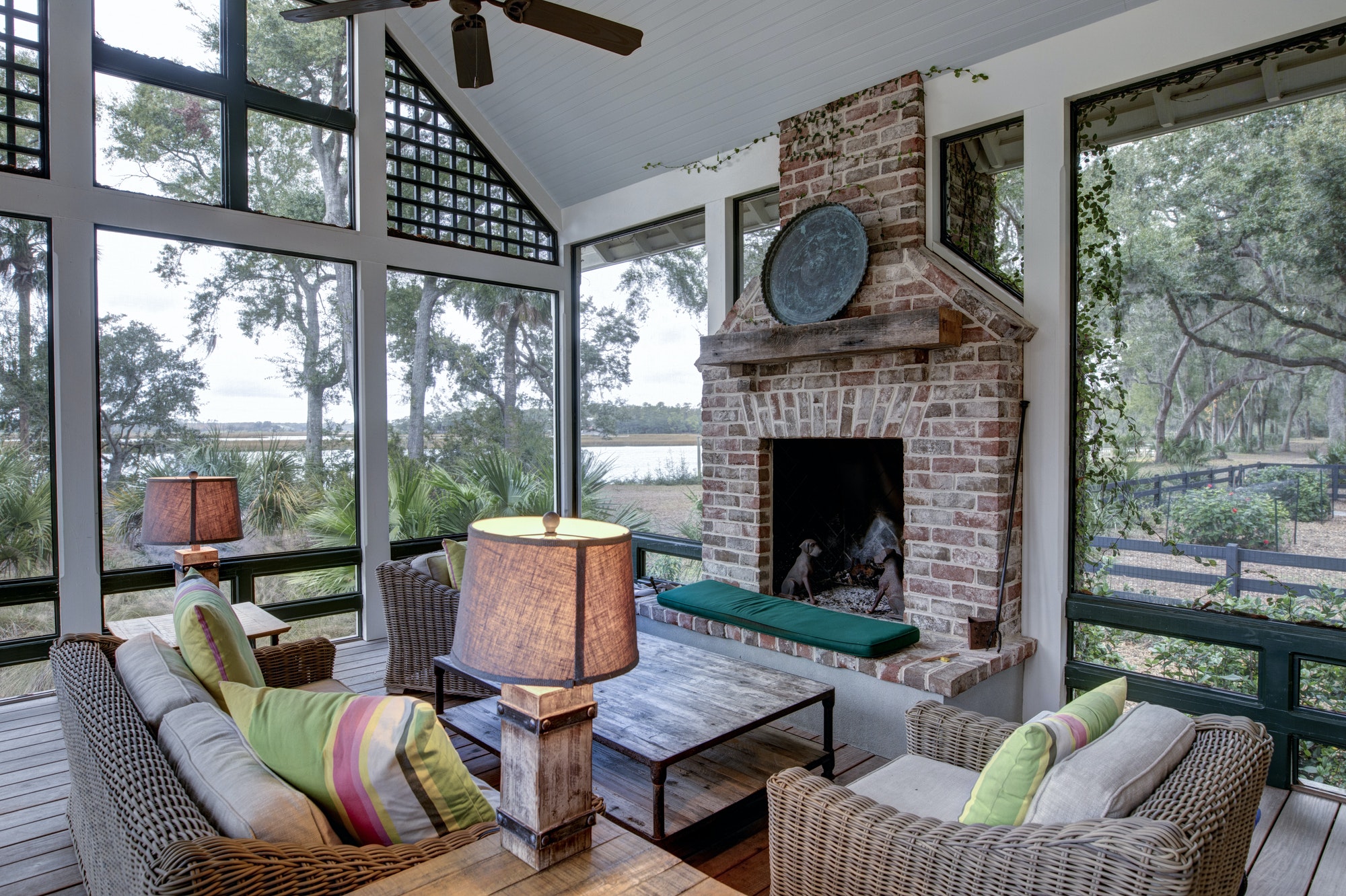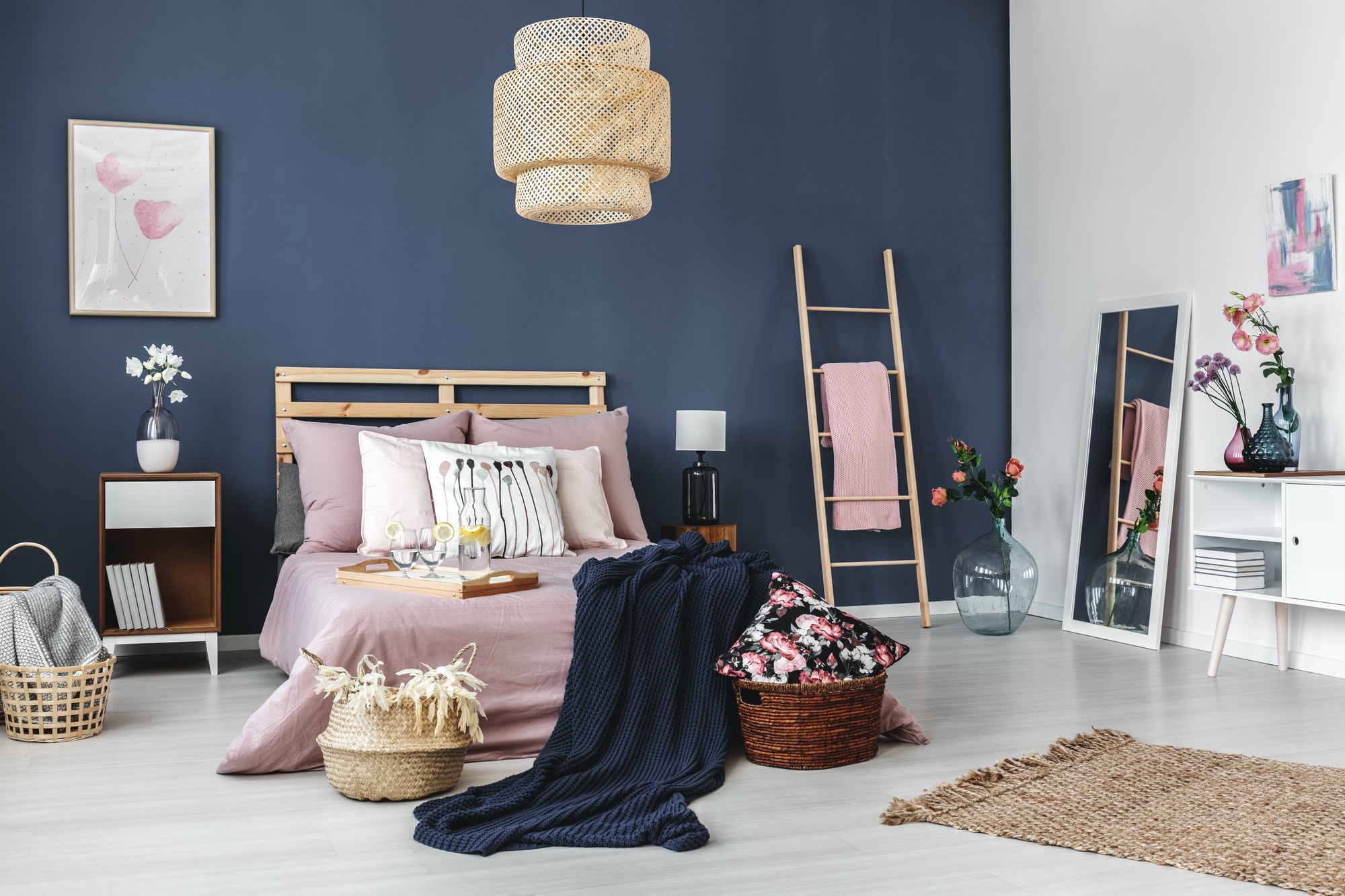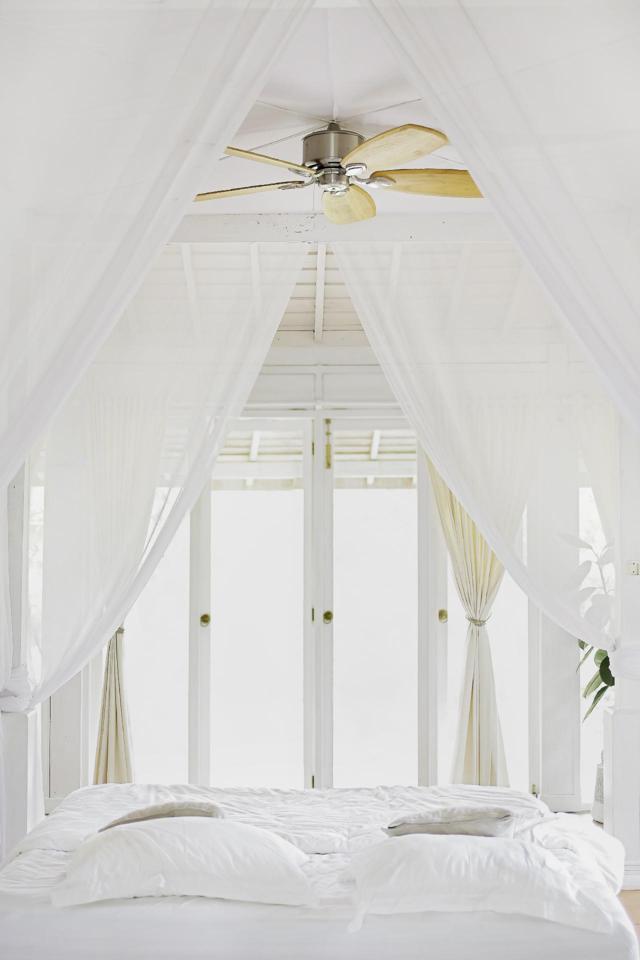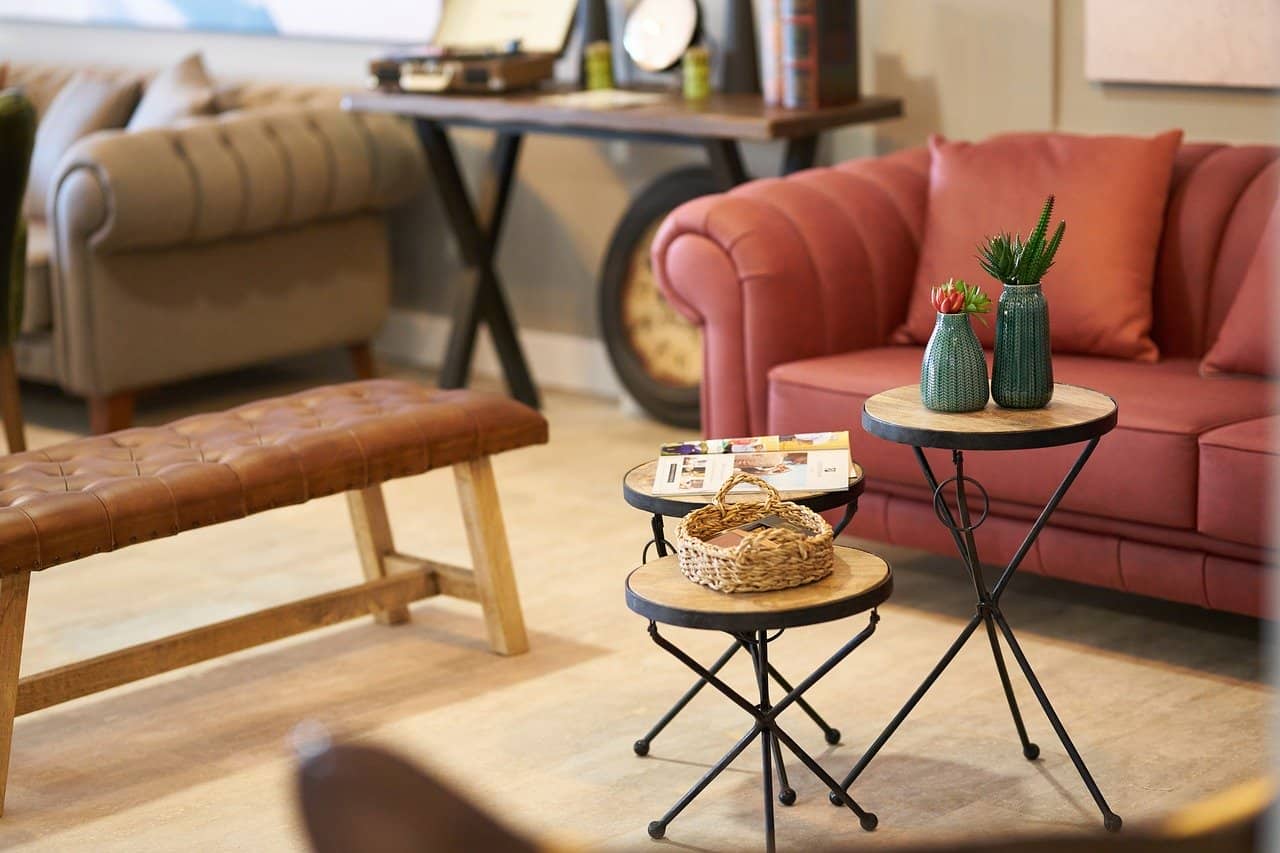It’s one thing to purchase commercial property and another thing to design it. However, designing isn’t always just about the outer appearance or the layout of your space. There are architectural design elements to consider as well.
Here are 7 design tips to keep in mind for your commercial property.
1. Start With the Foundation
Designing your property also means going deeper into the design of the building. The foundation is the bones of the structure you’re purchasing. If there’s a poor foundation, there may be a need for a new alternative, such as a pier foundation to reduce settling and increase bearing capacity.
2. Focus On the Entrance
First impressions are everything. There’s a strong focus on the exterior of commercial property for good reason. What a potential customer sees outside will create a preconceived notion for what they’ll see inside.
When designing the entrance, think about colors, art, signage, window displays, and lighting for evening visitors.
3. Think About The Flow
When someone walks through the front doors of your establishment, you have to consider the immersive experience they’re going to have. Whether it’s in retail, office, or hospitality, the flow is what entices people to make a purchase or how they evaluate their experience within your building.
For instance, a well-designed office can make a huge impact on prospective clients or even potential recruits. If you’re opening a retail store, what a customer walks through can drastically change their buying behaviors.
4. Security Systems
Preserving your commercial real estate also falls within the realm of design. You’ve put money, time, and energy into your investment. You want to make sure it’s protected for years to come. Having high-quality security systems is an essential design element to include.
This includes things such as alarm systems, motion sensor lights, floodlights, and even tall fences or gates around the premises.
5. Landscape
Major landscape improvements aren’t always going to be a necessity for some commercial real estate properties. If you’ve purchased an office building that’s located on a busy street in the central business district, your real estate might not allow for landscaping.
It’s still, however, something to consider. You could add small enhancements to the outside with plants or bushes. For buildings that have a little more space, it’s essential to spruce up the land you’re given. If anything, it adds to the curb appeal and elaborates on the first impressions we spoke about earlier.
6. Use a Variety of Shapes
Utilizing a mixture of shapes can turn any boring property into modern architecture. This goes for both exterior and interior design. Having large circular mirrors to contrast straight vertical pillars, for instance, creates a perspective-bending view of the room.
Play around with unique shapes that make a statement. You’ll quickly see how you can add a contemporary, yet vintage, aesthetic by adding just a few accent pieces on the walls or ceilings.
7. Lighting Is Key
No matter what type of commercial real estate property you’re designing, lighting is always going to be key. The darker a room feels, the smaller and less inviting it will appear to patrons. Natural light is always going to be the best option; however, some locations may not offer much of it.
Instead of having fluorescent lights in your office, change it up with eco-friendly light fixtures. Set up mirrors to make the space feel larger and put them in places to reflect the natural light you currently have.
Conclusion
When designing commercial architecture, it primarily depends on what the property is being used for. Each one may have its own unique elements required. At the end of the day, these seven design elements can be applied to every type of commercial building.
When in doubt, hire an interior designer or architect to help with the larger elements of design you may not be able to handle on your own.
Discover more from Futurist Architecture
Subscribe to get the latest posts sent to your email.



